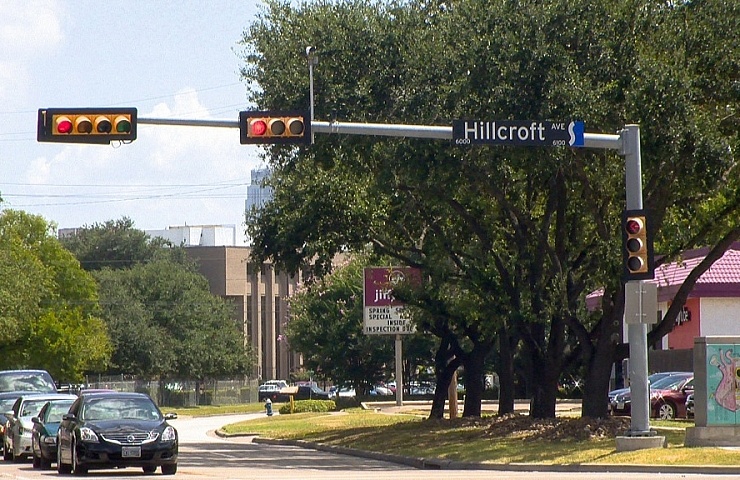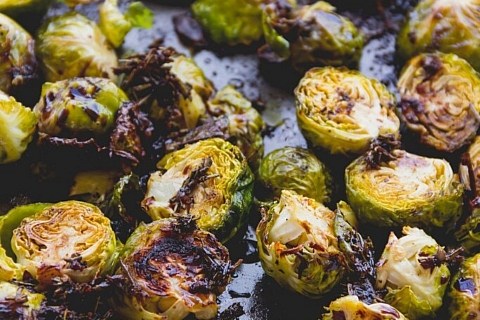It begins with a left turn off Westheimer at Voss, where the freshly built Pollo Tropical idles in turquoise splendor. The chain, which offers Caribbean as a fast food delicacy, seems to prepare its dishes in a hearty, homogenized and (I’d presume) wholly American way.
I’m sure the obnoxious blue would feel exotic in a less cultured location, but that isn’t Houston — and it definitely isn’t Hillcroft, whose north end begins at this bustling intersection.
The street, alongside the eponymous surrounding region, has become known for its population and ethnic variety. It represents Houston, which greedily claims the most diversity in the whole union.
In fact, Bob Stein, a dean of Rice University’s college of social sciences, declared Hillcroft an amalgam of all the city’s diverse groups in an article by the Houston Chronicle.
“Hillcroft is disorganized but not necessarily unorganized development,” Stein said. “It is what Houston is all about. When you go from one end of Hillcroft to the other end, you cross every ethnic and racial group in our city. As a result, I want to say it is a microcosm.”
Amazingly, (even though he’s from Rice) Stein is right. Running through Brays Oaks, Gulfton and the recently deemed Mahatma Gandhi District, the bustling avenue pieces together Houston’s own story in its strip malls as it cuts southward.
Take a simple bakery down the street from Pollo Tropical, Abdallah’s, and try the spinach fatayar pie or Lebanese zataar bread, which are two dishes that my suburban-dwelling mother could never pronounce, much less prepare.
Commanded by a family of emigres from Lebanon and stocked full with towers of fresh bread and baked goods, Abdallah’s — like the other cafés in the neighborhoods — offer what dine-and-dash chains cannot: a genuine home-style meal. Hillcroft’s Houston doesn’t throw international dishes in a paper bag for carryout; it welcomes you, seats you in a chair and serves you with plenty of charm.
But Hillcroft doesn’t stop with bakeries. Continue a few blocks, and you’ll find immersion in the caring arms of Marines Empanadas Delicias, where one uncultured white kid can not only ask without shame the difference between Tex Mex and Colombian foods, but the staff will also graciously show him how it should be eaten.
The Houston’s Hillcroft isn’t just international cakes and pastries – it’s the acceptance and understanding between different people.
Of course, the international city has as diverse a lifestyle, too. Set apart from the generic HEB and Fiesta, Hillcroft’s grocery stores, like Patel Brothers., an Indian food market where boys can be seen running around and sipping on the popular Mango Swad drink. Houstonians from near and far, in all different colors, gather to experience culture not only at the table but also in the kitchen.
Drive a bit further through the residential abyss and you arrive at a somewhat unexpected end, a Baskin Robbins, another chain — like the Pollo Tropical.
It’s almost a shame that the mighty road, a burgeoning cultural nexus for eating and merriment without cultural borders, should begin and end with chains. That a chain, America’s way of easing into an international dish, should be on the welcoming committee for the eight-mile stretch of “pure Houston,” as Chron reporter Tara Dooly wrote, seems disappointing.
Then again, in a city where McDonald’s and Starbucks stretch across most corners, maybe it’s just another part of the culture.





Recent Comments